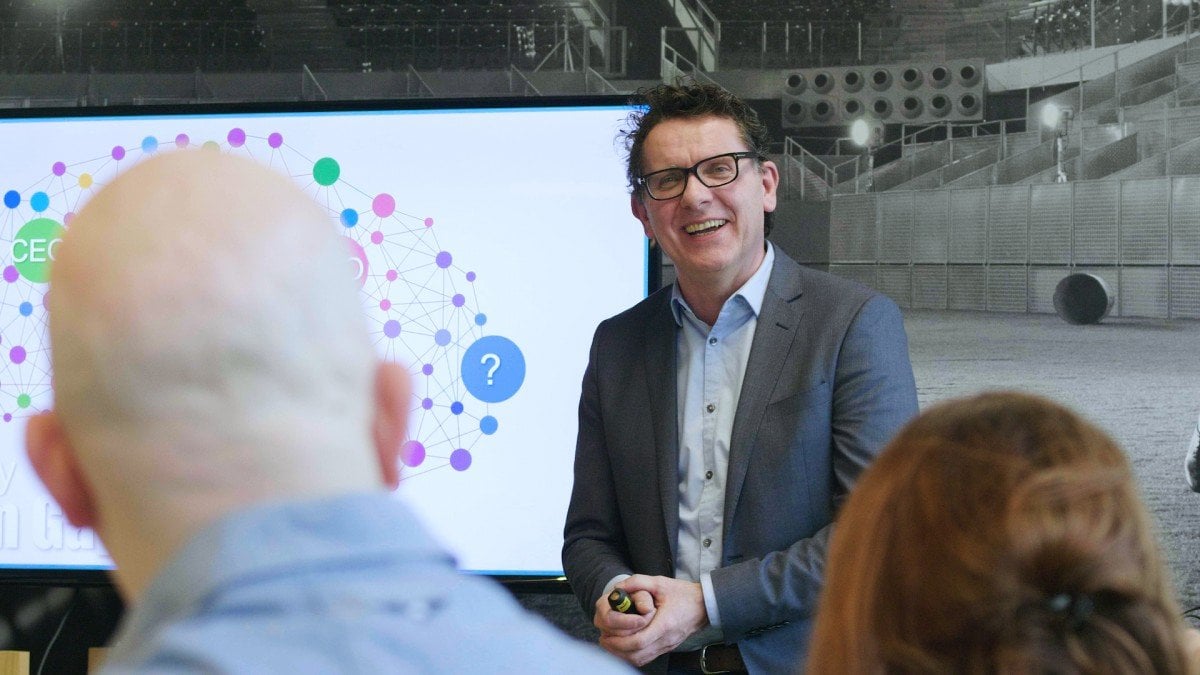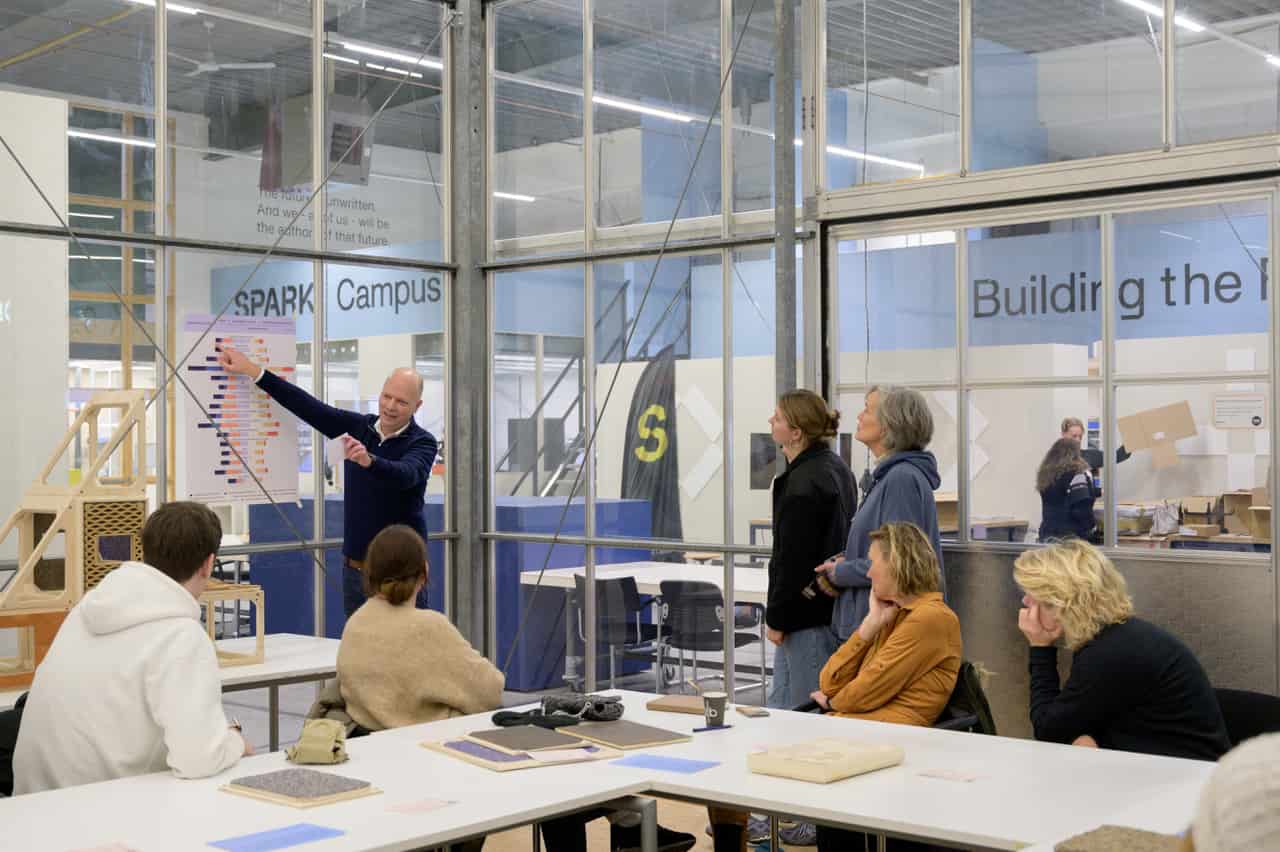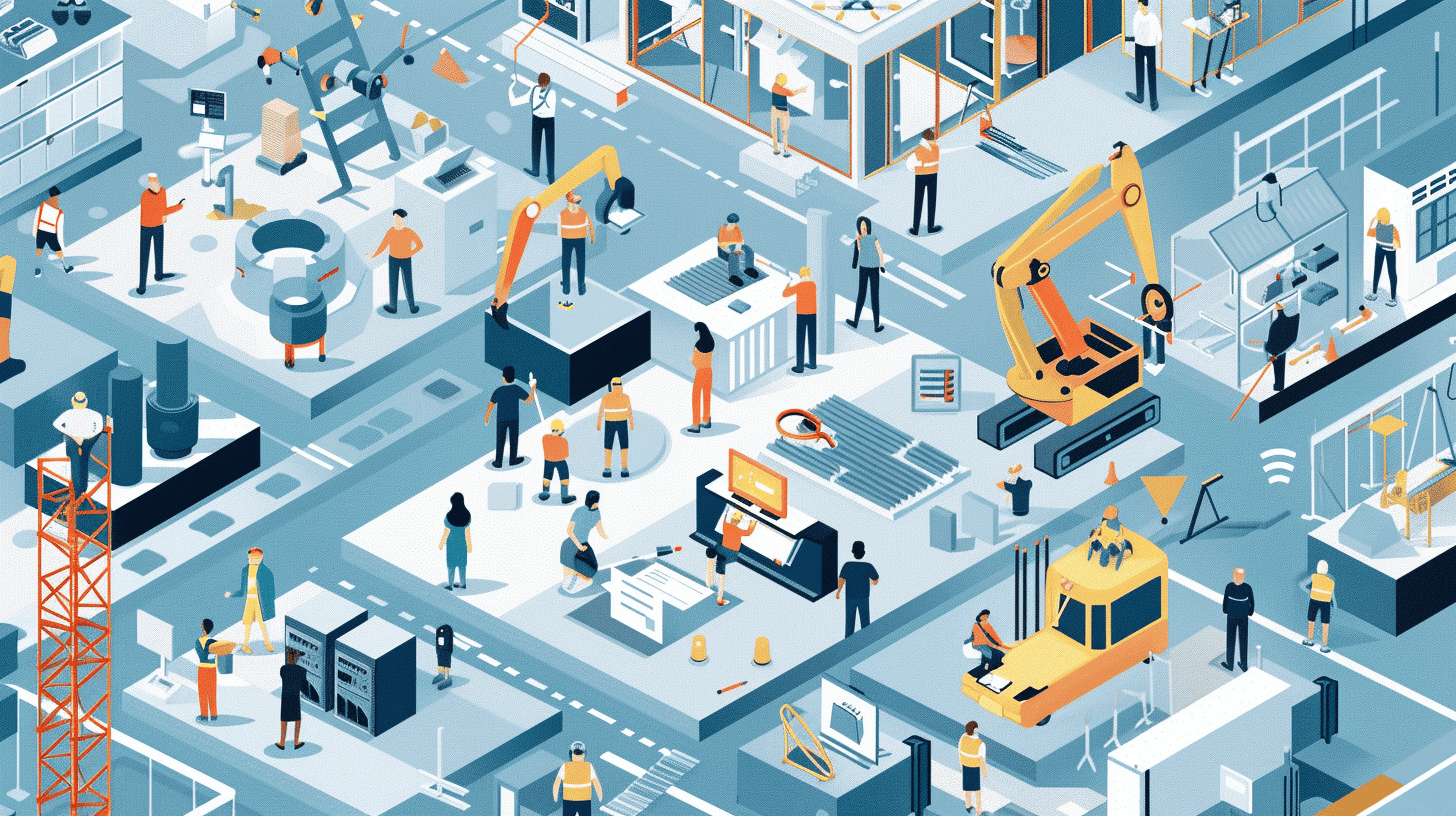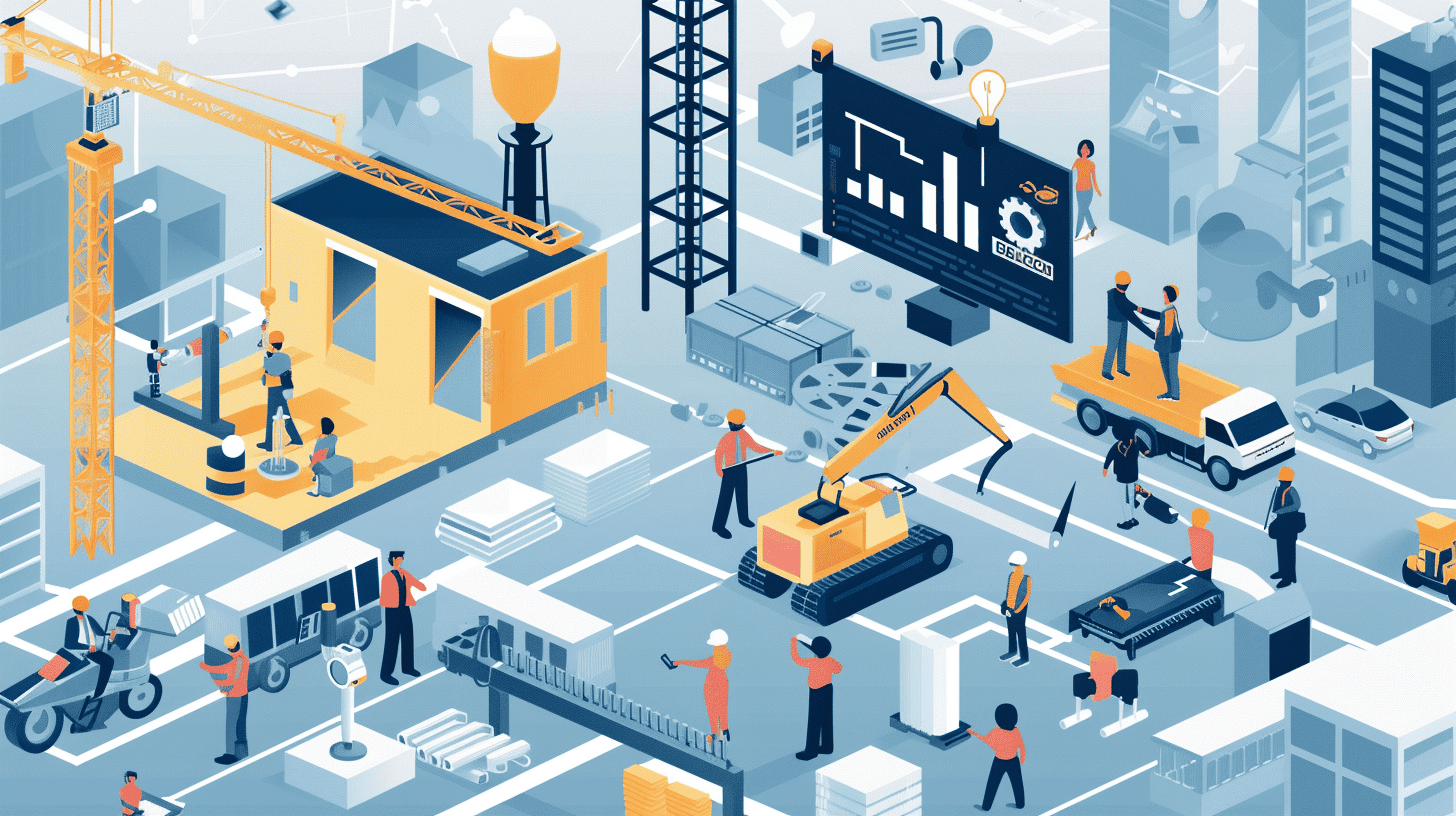
Sustainable changes in a district, to get people moving. The Vitality Living Lab, a project in which sixteen regional parties participate, aims to achieve this in four years’ time. But it is more than that, according to John van de Laar, director of SportBizz, one of those sixteen parties. He leads the business design part. “It must become a sustainable eco-system that finds answers to the vitality problems in cities, using the accumulated expertise of the participating parties in the project.” This week, the Vitality Accelerator Program will start as a part of this project. It’s an acceleration program for start-ups and innovation teams that have an innovation which seduces people to be more active.
During ten weeks, eight start-ups or innovation teams (existing companies with an innovation) will receive support from a coach and there will be a substantive programme with workshops on, for example, validation, funding, and business models. “We connect as much as possible to where the team now stands. They do not have to participate in all content components. If an entrepreneur says he has already validated his innovation, he no longer has to attend the workshop. He can show his coach how he did this. The coach will then judge whether this has been done properly.” The participants won’t have to make themselves completely free for ten weeks. “This is where we differ from other acceleration programmes. You often see that people have a job in addition to the start-up or that they are already entrepreneurs and think they have found an innovation. They cannot yet take the step to fully go for it and must be able to follow the programme alongside their other work.”
The Vitality Accelerator Program brings together the knowledge and expertise of the sixteen participating parties. These parties are the TU/e, Fontys, Holst/IMEC, Brainport Development, BOM, Sportservice Noord-Brabant, GBO, Sport eXperience, and the six Eindhoven FieldLabs. The Cluster Sports & Technology, is the initiator of the project and the initiator of the acceleration programme. Within this cluster, companies, sports field labs, and knowledge institutions work together continuously for a vital and sportive society. “This cluster has been working for years on innovations for Vitality and Performance and economic impact. Among other things, the programme must ensure that we can continually deploy innovations to improve that vitality and that we can market them.” When the project is completed in four years’ time, the Vitality Accelerator Program will remain part of the Cluster Sports & Technology.
Each party involved brings its own network with it. Van de Laar: “A team can deal with anything: which target group do I appeal to or is there any demand at all? How do I get financing? Then it’s great if you have a large network of hundreds of people and parties you can call on to help such a team. What sometimes goes wrong is that someone, for example, has a technical design that has to be completely redesigned to bring it into production. GBO, who is also a partner in this project, can play a role in this. GBO will be giving a workshop on Agile Engineering anyway.” It is this cooperation and the network of all parties that make it is possible to keep the costs of the acceleration program low, Van de Laar explains: “It is not a commercial program.”

Ultimately, the Vitality Living Lab project is about creating a sustainable way of working together in four years’ time, creating economic and social value to solve vitality problems. “Vitality Living Lab stands for a more active and healthier lifestyle. Each party has its own role within the project. For example, TU/e has developed parameters to map the vitality within a city or district. This can be at home, at work, in public spaces, in sports, and at school. If it is clear what is going on in an area or what the problem is, a targeted solution can be sought. With the acceleration programme, we want to launch targeted calls so that we can bring market-ready solutions to the market more quickly. Such a solution can then be tested in one of the FieldLabs.”
There is no such a targeted call this first time. “It is a pilot and we start with innovations that are ready for the market. The participating start-ups and innovation teams have been selected from the Vitality Pitch Stop. Last September, eleven start-ups and innovation teams presented their innovations to the initiators and experts from the Vitality Living Lab project. The experts questioned the start-ups and teams on topics such as technology and design, market and business model, financing, the team, data, communication, and branding. Eight of these start-ups are ready to accelerate, Van de Laar says. They participate in the Vitality Accelerator Program.
Participating startups and innovation teams in the programme are:
Thermostar BV / Swimm:
Swimming in a small pool with a counterflow controlled by a program or sensors.
Wanderwatch:
Wanderwatch combines the fun of video games with all the good things about outdoor games.
Kinetic Analysis:
Smart textile that registers biomechanics and physiological parameters.
InMotion VR/ Corpus VR:
Development of a sensor suite for the trunk and upper extremities that is linked to a Virtual Reality glasses so that exercises can be done for head, neck, shoulder, arms, and trunk.
Digo:
Patented method for the digital valuation & validation of performance.
KNUBB e-motion:
Platform for training in fitness, physiotherapy, and rehabilitation
Sportany:
Everywhere and always various sports and exercise without having to take out a subscription.
InnoSportLab De Tongelreep:
Swimming lessons of the future
The Cluster Sports & Technology is the driving force behind the Vitality Living Lab project. The other partners are: TU/e, Fontys, Holst/IMEC, Brainport Development, BOM, GBO, SSNB, Sport eXperience, S&T Business Club and 6 FieldLabs: InnoSportLab Sport and Move!, InnoSportLab De Tongelreep, FieldLab Moving in Education, FieldLab Adapted Sports, PECE Care FieldLab Hockey and SportMax FieldLab Cycling. The total investment for this project amounts to almost 4.9 million euros, half of which is financed by the European regional innovation programme OP-Zuid. The other half is financed by the partners themselves.
Photos are from the kick-off of the program








